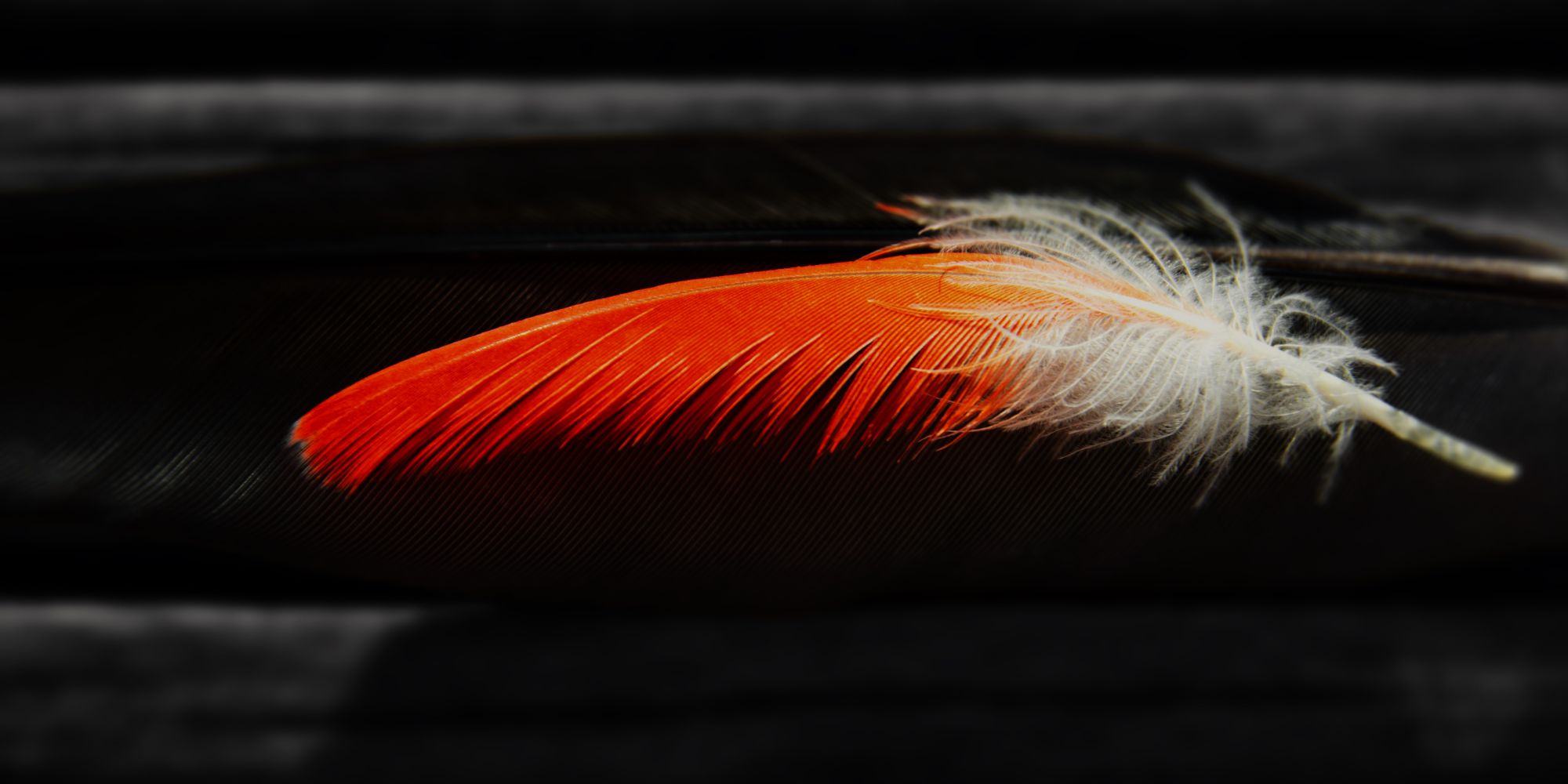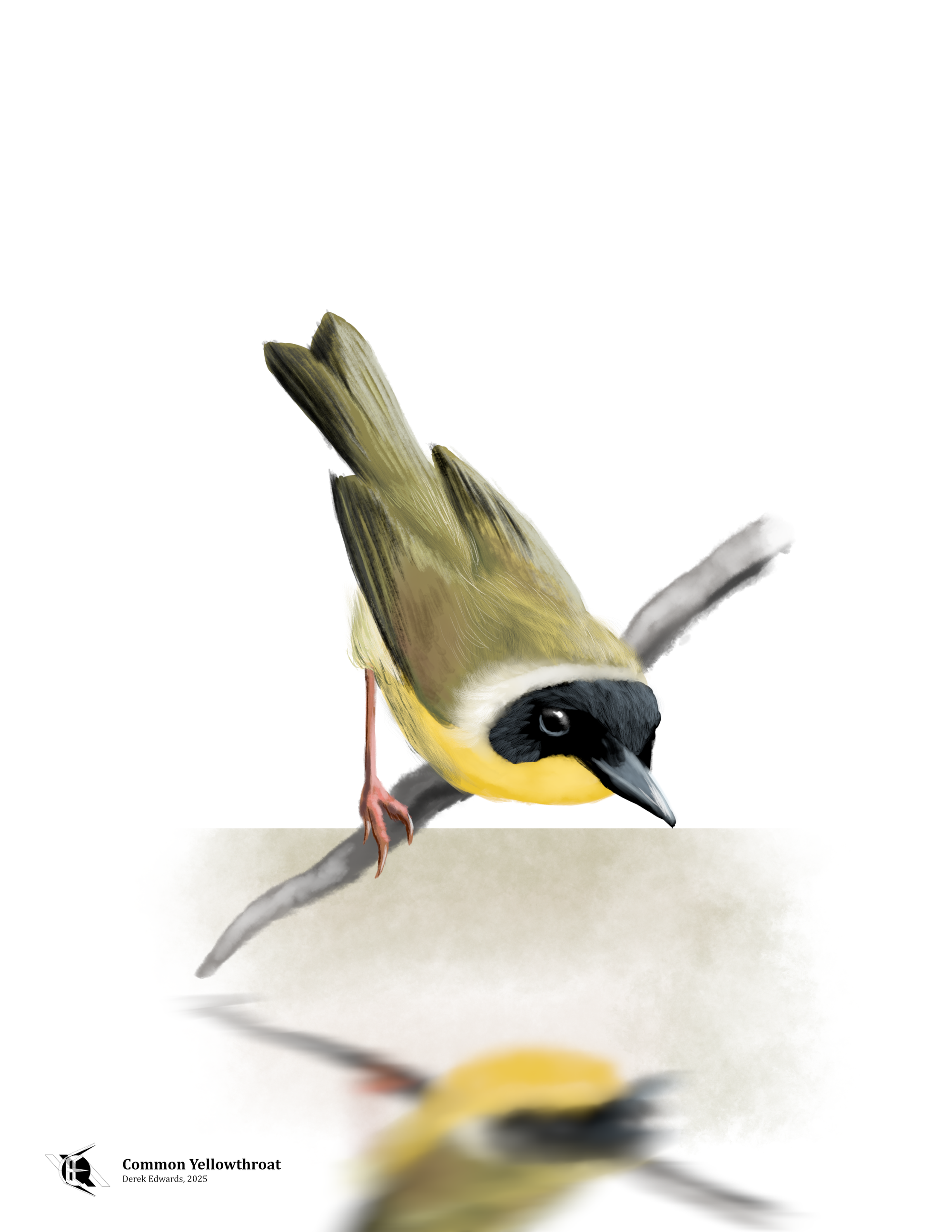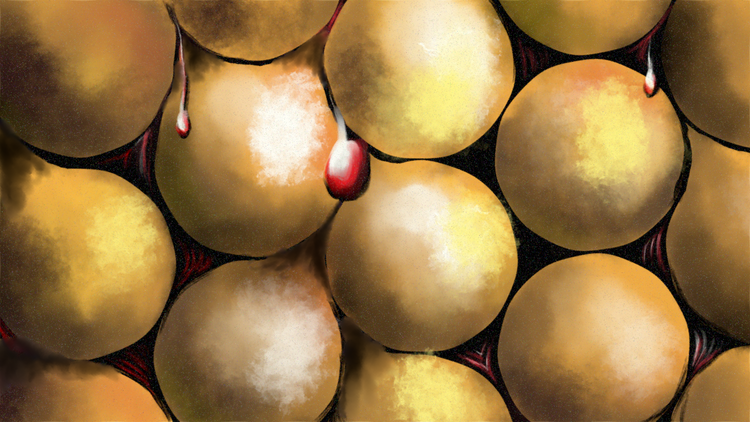
Running Commentary 6/23/2025
Hello,
It’s nesting season, which means it’s time for us bird-lovers to start fielding ID questions for fledgling robins. I’d advise you to familiarize yourself with these; they have an appearance that reminds you that robins are thrushes, with speckled bellies that slowly turn red-orange as they mature. Pass it on, let’s raise baby robin awareness, that way us bird-lovers can get back to IDing night herons.
Anyway...
Watching...

Your Friendly Neighborhood Spider-Man
I’m a bit late in watching this, but I’ve recently seen the first season of Your Friendly Neighborhood Spider-Man, an animated streaming series that came recommended by more than one person. This show is not about the MCU Spider-Man, as portrayed by Tom Holland, but it was originally conceptualized as being so, and you can rather tell. Loki’s attack on New York and the Avengers fighting him off is a key part of this series’s backstory, the Sokovia Accords are the new law of the land, and Charlie Cox’s Daredevil makes a cameo. But rather than being a protegé of Tony Stark, this Peter Parker takes an internship working for Norman Osborn (who, of course, does not exist in the MCU). Osborn here is an ambiguous figure; he becomes aware of Peter’s secret identity and becomes his Spider-sponsor, funding a suite of high-tech costumes among other aids. There’s no real conflict between Peter and Osborn here, but Osborn’s darker side is hinted at.
Really, a lot of things are hinted at here. The entire first season feels very much like an extended origin story. The main conflict is with Otto Octavius (here not yet Doctor Octopus), an ex-OsCorp engineer who is providing petty criminals with powerful gadgets in order to prove his superior intellect, which I remember being the same general premise of the early episodes of Spectacular Spider-Man, where it was done better than here. The foundation is here for a pretty good Spidey series, but I’d have liked to see this first season end with either something a bit more conclusive or else to have spent more time with Spider-Man just helping out around Queens. I’m looking forward to season 2 but I can’t recommend you clear your schedule to watch season 1 until that’s out, at least. 6/10
Reading...

Air-Borne by Carl Zimmer
This book is largely focused on airborne disease, and epidemiology generally, including non-airborne disease, in its early chapters. Benign airborne life, understandably, has gotten less attention from the general public, governments, etc. than things like influenza or grain rust, so I think this is a bias of aerobiology moreso than of this book in particular. By the end of part one, Zimmer highlights that the high-altitude spore studies of Fred Meier and the indoor ventilation sanitation studies of William F. and Mildred W. Wells were really two different sciences sharing the same name.
Zimmer seems quite fascinated by the Wellses and their studies, spending about the middle half of his book giving them a fairly complete biography. He stresses over and over that they were difficult to work with, or at least he demonstrates that the people they worked with considered them difficult. Exactly what this entailed is unclear; no story of a big fight in a lab comes, but it seems that both struggled to communicate their ideas effectively to other scientists. On the one hand, it seems that this unfriendliness put back progress in the broader understanding of airborne disease, but on the other it could be that the Wellses’ lack of concern with fitting smoothly into academia or the scientific community is what kept them studying what some saw as fringe science.
The fringy nature of hypotheses of airborne disease transmission is a big focus of the book, and the reason so much of the early chapters focus on the rise of germ theory over miasma theory. The fact that “bad air” had been rejected as pseudoscience has set the standard of proof for airborne infection higher than perhaps is justified. Finding viable germs in the air is difficult, and actually observing germs causing infections from the air is even more difficult, so proving airborne infection is occurring to everyone’s satisfaction is a real challenge.
The first major group of modern scientists to accept the reality of airborne disease transmission were the bioweapons developers of the mid-20th Century. During and after World War II, American researchers at Fort Detrick worked on weaponizing such diseases as parrot fever and anthrax, and on ways to protect against such attacks. This focus produced a meaningful source of funding but also skewed the nature of aerobiology. William Wells was apparently dismayed that his work attracted only the attention of the military during his lifetime. Zimmer profiles Theodor Rosebury, an oral microbiologist who led the Airborne Infection program at Ft. Detrick during the war before becoming an anti-biowarfare activist in later years.
The climax of the book is the Covid-19 pandemic. Zimmer doesn’t get into every aspect of this event, rather keeping focused on the story of how it was discovered to be an airborne disease. In this case the usual scientific skepticism was amplified by government officials who a) wanted clear, evidence-based answers to base public policy on and b) didn’t want to admit airborne vector since they didn’t have the tools to mitigate it. As the initial lack of proof of airborne covid filtered from scientists to the public it morphed into alleged confirmation that covid was not airborne, and scientists studying it found their research efforts blocked. Zimmer does not turn his book into a full-on attack on figures like Tedros, Trump, and Fauci, but he’s clearly upset by how they handled things. Zimmer ends his book on a hopeful note, at least hopeful for the future of aerobiology, saying that covid did eventually alert the world to the need to examine the air to prevent disease. He makes the point that a lot more lives in the air than just pathogenic microbes.
I found this book quite excellent, if not entirely impartial. Zimmer writes at length but doesn’t waste pages, laying out as strong a case as he can that the scientists he profiles were right in their hypotheses and unfairly ignored by the world. 8/10

Bird of the Week
Warblers are the American birder’s prize: beautify, indentifiable, reclusive, and, in many cases, only present as migrants. But there are a few warblers that seem more amenable than most to being seen, and of these few my favorite is probably the common yellowthroat.
The common yellowthroat is, indeed, the most abundant and widespread of the yellowthroats, a group of eleven species that comprise a genus of wood-warblers along with the mourning, the Kentucky, and MacGillivary’s warbler; the common yellowthroat is the only yellowthroat found in North America, with nine others found in Latin America and one in the Bahamas (where the common yellowthroat is also found in the winter). The yellowthroats all look quite similar to one another, but, at least during the breeding season, each species lives in a different region. Male yellowthroats are generally unmistakable: small, yellow underneath with an unmissable black eye-mask that make them look like the inverse of a hooded warbler. Female yellowthroats are a bit less distinctive, lacking the black mask, and might be mistaken for a variety of other yellowish warblers. But moreso than by their appearance, yellowthroats can often be identified by their habitat.
Yellowthroats are the least arboreal of the wood-warblers; while they don’t avoid forests they can also be found in more open areas such as marshes and prairies; the general rule is that they are found “near water”, a rule I’ve found to hold true. Now, it makes sense for some birds to be always found near water: ducks, loons, etc. live in the water. Cranes roost in water. Seabirds, ospreys, and certain other raptors eat fish. For other birds, the water is more of a secondary thing; blackbirds and rails live in reed-beds, and reed-beds grow in wet pits and banks, so blackbirds and rails must live near water. Yellowthroats are most like this last group; they are low-perching birds, preferring to keep in dense, shrubby vegetation, which is simply the most prevalent in marshy areas and alongside streams. This is why, yellowthroats are most commonly found near water, despite neither swimming nor feeding there.1
The other way to identify common yellowthroats is by their song. The male sings a series of triplets that have always reminded me of the opening to La Raspa. It’s not quite the same tune, but it’s close enough to make it seem like the bird is about to break out into some mariachi song but can’t quite manage to get past the first measure. Female yellowthroats don’t sing properly but they will make chittering calls.
To science, the common yellowthroat is Geothlypis trichas, a name whose origins are, unfortunately, a bit etymologically sloppy. Linnaeus first called it Turdus trichas, classifying it alongside the thrushes; he seems to have had some difficulty in classifying the wood-warblers, a group of birds unknown in Europe, in his early taxonomy, having placed other warblers alongside everything from Old World flycatchers to titmice to wagtails to Sylvid warblers. “Trichas” references an unknown “hairy” thrush in Classical Greek tests. The modern genus name was first given by the German naturalist Jean Louis Cabanis, combining the word for “earth”, presumably due to it’s low-perching habits, with another ancient bird name of unknown original meaning,2
- Stewart, Robert E. “A Life History Study of the Yellow-Throat.” The Wilson Bulletin 65, no. 2 (1953): 99–115. https://digitalcommons.usf.edu/wilson_bulletin/vol65/iss2/6/.
- Jobling, J. A. (editor). The Key to Scientific Names in Birds of the World (S. M. Billerman et al. editors), Cornell Laboratory of Ornithology, Ithaca.
Curation Links
Hive Mind | Mark Twain, Lapham’s Quarterly
Excerpt from an 1878 magazine in which Twain muses about the phenomenon of two people writing roughly the same letter to each other at the same time, and the broader phenomenon of multiple people having the same new idea at the same time. Is this evidence of telepathy, or simply similar people reacting to similar situations in similar ways?
The Arc of the Sun | David Samuels, The Atavist Magazine
A look at the South African Million Dollar Pigeon Race, as well as the practice of homing pigeon racing generally.
'An Internet in Your Head' | Daniel Graham, Berfrois
The world is full of things that remind us of our own body parts: the legs of a table, the nose of a rocket, the eye of a needle. These objects are described by metaphor relating them to those parts of ourselves we intuitively understand. But there’s a part of ourselves we have greater difficulty understanding: our minds. In that case, the metaphorical relationship reverses, our minds being often described as like other things. Decartes described the mind as like a network of hydraulics, for instance, as later metathinkers would describe the mind as like a computer network.
Glow Worm | Harlan Ellison, Project Gutenberg
[FICTION] A short story from the famed sci-fi author, which was first published in 1956 and has since fallen out of copyright. “He was the last man on Earth, all right. But—was he still a man?”
See the full archive of curations on Notion






Member Commentary